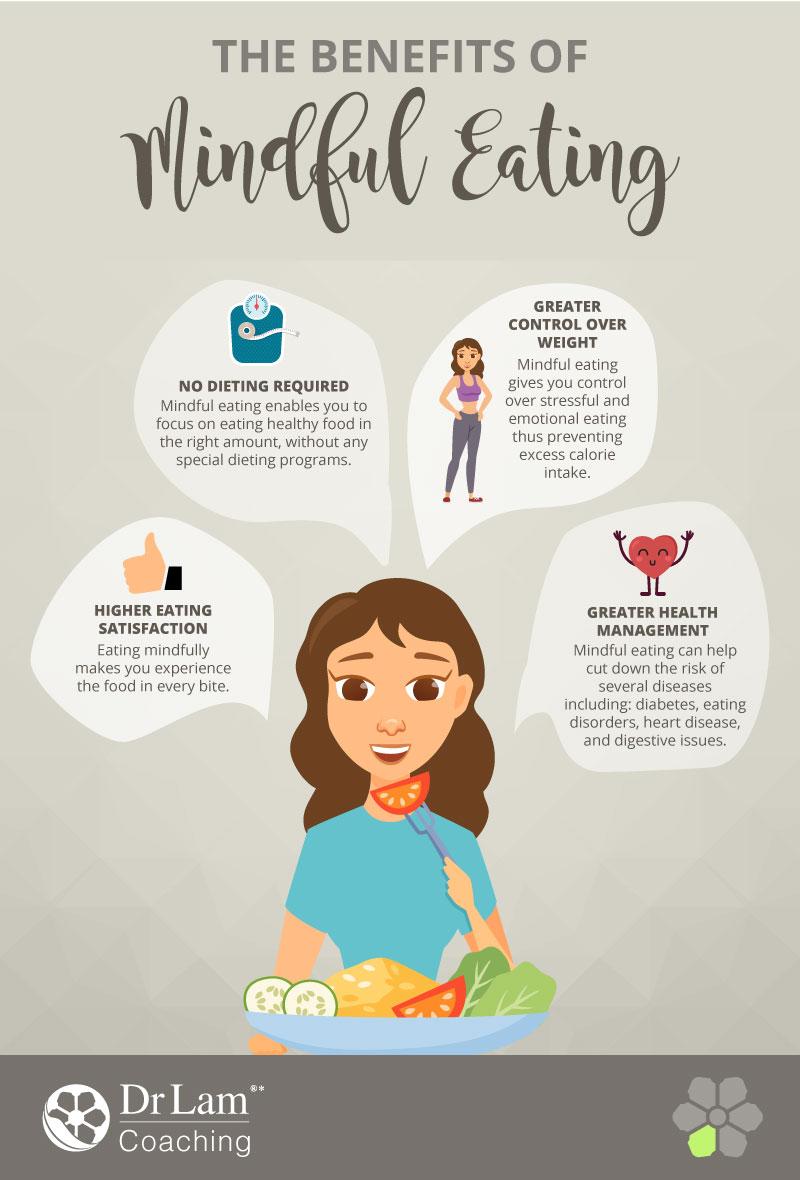As we age, maintaining a healthy weight can become increasingly challenging due to physiological changes, reduced metabolic rate, and lifestyle shifts. For individuals over 50, adopting effective slimming methods is not only about achieving aesthetic goals but also about enhancing overall health and well-being. In this article, we delve into the most effective slimming strategies tailored for those over 50, combining insights from nutritional science, fitness regimens, and psychological approaches. By examining the latest research and expert opinions, we aim to provide a comprehensive guide that empowers you to make informed decisions on your journey to a healthier, more vibrant life. Whether you’re aiming to shed a few pounds or maintain your current weight, understanding these methods will equip you with the tools necessary to navigate this new chapter with confidence and success.
Understanding Metabolic Changes After 50
As we age, our bodies undergo significant physiological transformations, impacting how we metabolize nutrients and burn calories. This is particularly evident after the age of 50, when metabolic rate naturally declines. This reduction in metabolism means that the body doesn’t burn calories as efficiently as it used to, leading to potential weight gain if dietary habits remain unchanged. Additionally, hormonal shifts, such as decreased levels of estrogen and testosterone, can contribute to the accumulation of abdominal fat and the loss of muscle mass. Understanding these changes is crucial for adopting effective weight management strategies.
To adapt to these changes, it’s essential to focus on nutrient-dense foods and maintain an active lifestyle. Consider incorporating the following into your routine:
- Protein-rich foods to support muscle maintenance and repair.
- Fiber-rich vegetables to enhance digestion and promote satiety.
- Healthy fats like those found in avocados and nuts to support hormonal balance.
- Strength training exercises to build and preserve muscle mass.
- Adequate hydration to support metabolic processes.
By aligning dietary and lifestyle choices with these metabolic changes, individuals over 50 can effectively manage their weight and enhance overall well-being.

Incorporating Strength Training for Effective Weight Loss
For those over 50, strength training emerges as a pivotal component of an effective weight loss regimen. Unlike cardio, which primarily burns calories during exercise, strength training continues to incinerate calories long after your workout concludes due to the metabolic demands of muscle repair. This sustained calorie burn is critical for those looking to shed pounds while preserving lean muscle mass. Moreover, it aids in combating age-related muscle loss, thereby enhancing overall metabolic rate.
Integrating strength exercises into your routine doesn’t necessitate heavy weights or intensive sessions. Instead, consider these accessible options:
- Bodyweight exercises: Push-ups, squats, and lunges can be performed anywhere and adapted to your fitness level.
- Resistance bands: These are portable, versatile, and perfect for building muscle without straining joints.
- Light dumbbells: Ideal for targeting specific muscle groups, they help in maintaining muscle tone and strength.
By focusing on strength training, you not only foster a healthier body composition but also enhance bone density and joint health, which are crucial as we age.

Optimizing Nutrition for Sustainable Slimming
When striving for a healthier lifestyle post-50, it’s essential to focus on nutrition that fuels your body efficiently while promoting weight loss. A key strategy is to prioritize whole foods over processed ones. This means incorporating a variety of fruits, vegetables, lean proteins, and whole grains into your daily meals. Whole foods are not only rich in essential nutrients but also help maintain energy levels and improve overall health. Consider incorporating these dietary adjustments:
- Fiber-rich foods: Increase your intake of beans, lentils, and whole grains to promote digestive health and keep you feeling full longer.
- Lean proteins: Opt for fish, chicken, and plant-based proteins like tofu or tempeh to support muscle maintenance without excess calories.
- Healthy fats: Incorporate sources of omega-3 fatty acids, such as walnuts and flaxseeds, to aid in heart health and inflammation reduction.
Additionally, maintaining a balanced diet is crucial. Pay attention to portion sizes and avoid skipping meals, which can lead to energy dips and overeating later. Staying hydrated is equally important, as water aids in digestion and helps control appetite. By making these thoughtful adjustments, you can create a sustainable dietary pattern that not only supports weight loss but also enhances your overall well-being.

The Role of Mindfulness in Maintaining a Healthy Weight
As we age, the connection between our mind and body becomes increasingly significant, especially when it comes to managing weight. Mindfulness, the practice of being present and fully engaged in the moment, plays a crucial role in understanding and regulating our eating habits. For individuals over 50, this approach can offer numerous benefits, both mentally and physically. By fostering a deeper awareness of hunger cues and emotional triggers, mindfulness encourages healthier eating patterns and prevents overeating. Instead of mindlessly reaching for a snack out of boredom or stress, mindful eating teaches us to appreciate the flavors and textures of food, leading to more satisfying meals and fewer calories consumed.
- Enhanced self-awareness: Recognize when you’re truly hungry or just eating out of habit.
- Reduced stress eating: Address emotional triggers that lead to unhealthy food choices.
- Improved digestion: Slower, more mindful eating can aid in better digestion and nutrient absorption.
- Greater satisfaction: Fully engaging with your meal can increase enjoyment and satiety, reducing the need for second helpings.
Incorporating mindfulness into daily life doesn’t require drastic changes but rather small, consistent shifts in how we approach meals. This can be as simple as taking a few deep breaths before eating or dedicating a few minutes each day to meditation. As part of a comprehensive strategy for maintaining a healthy weight, mindfulness not only aids in weight management but also enhances overall well-being, making it an invaluable tool for those seeking to thrive in their later years.
